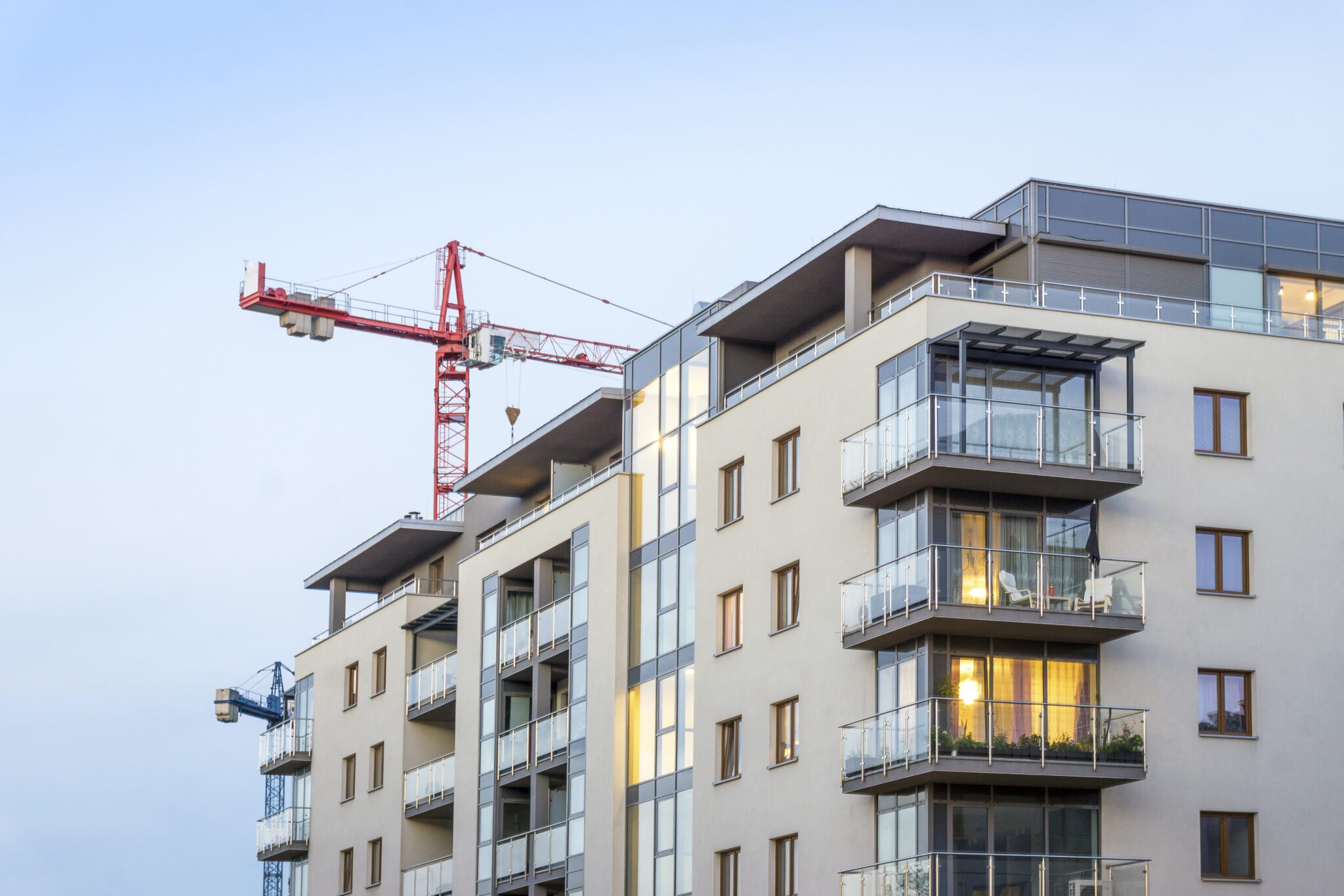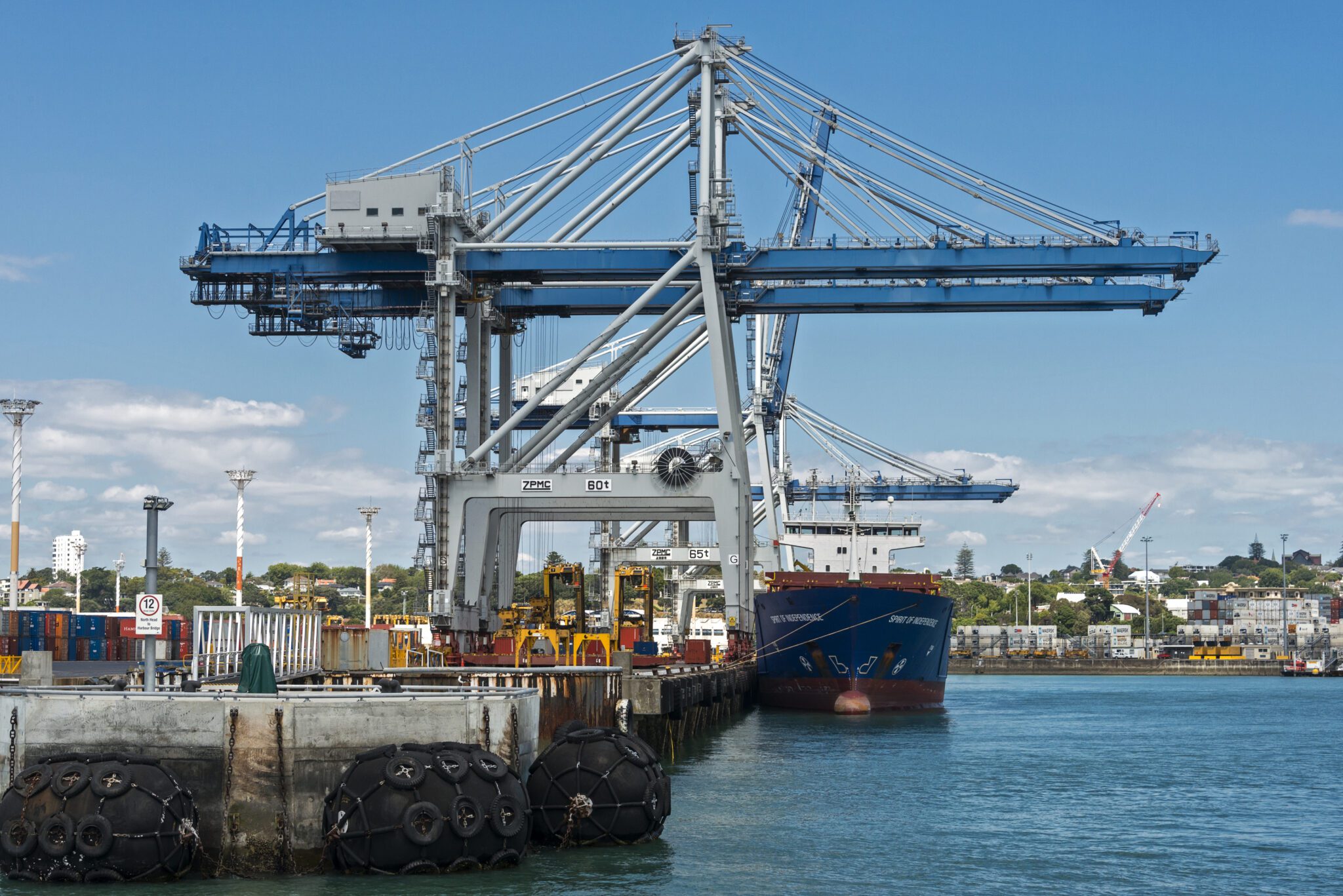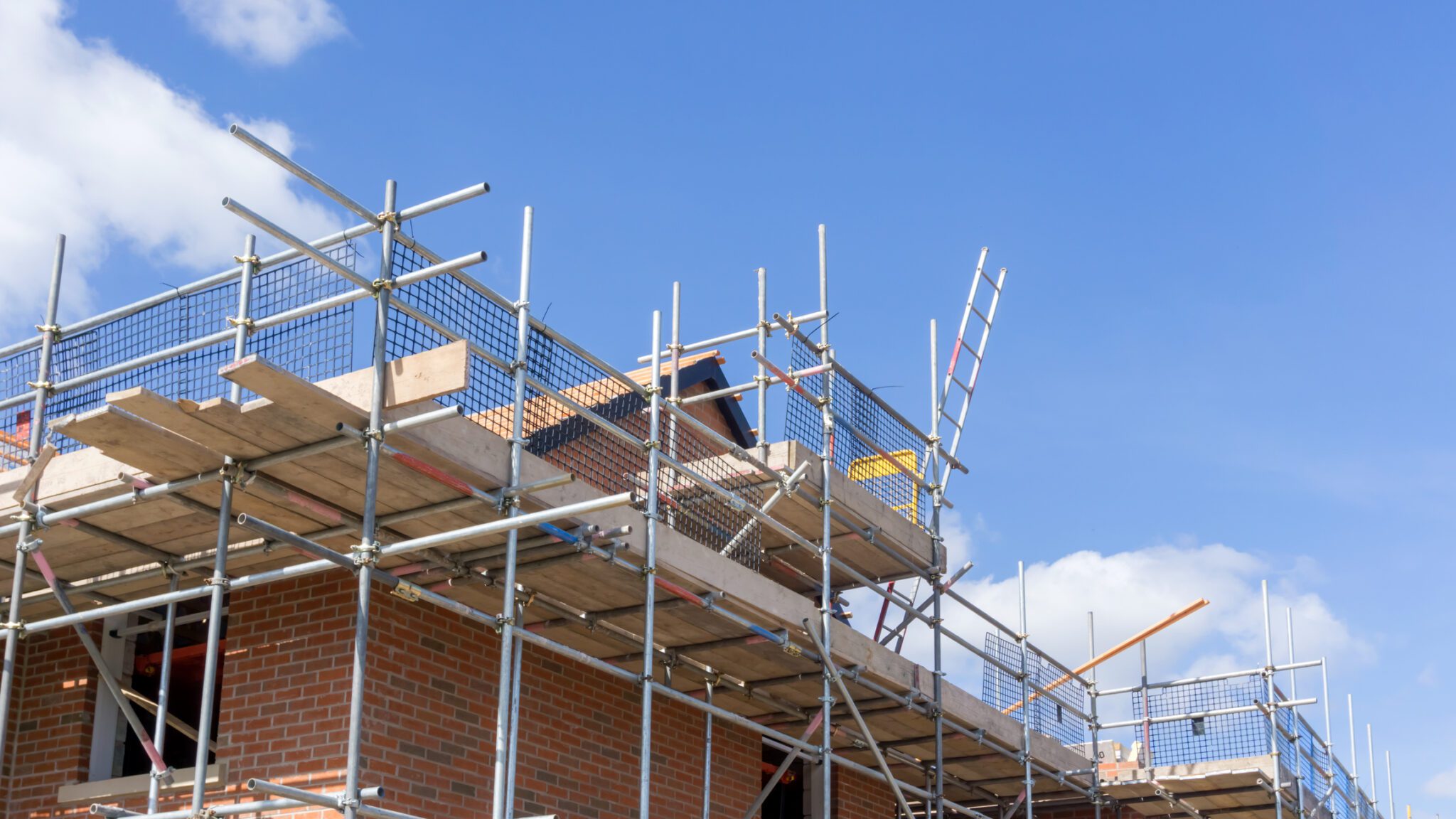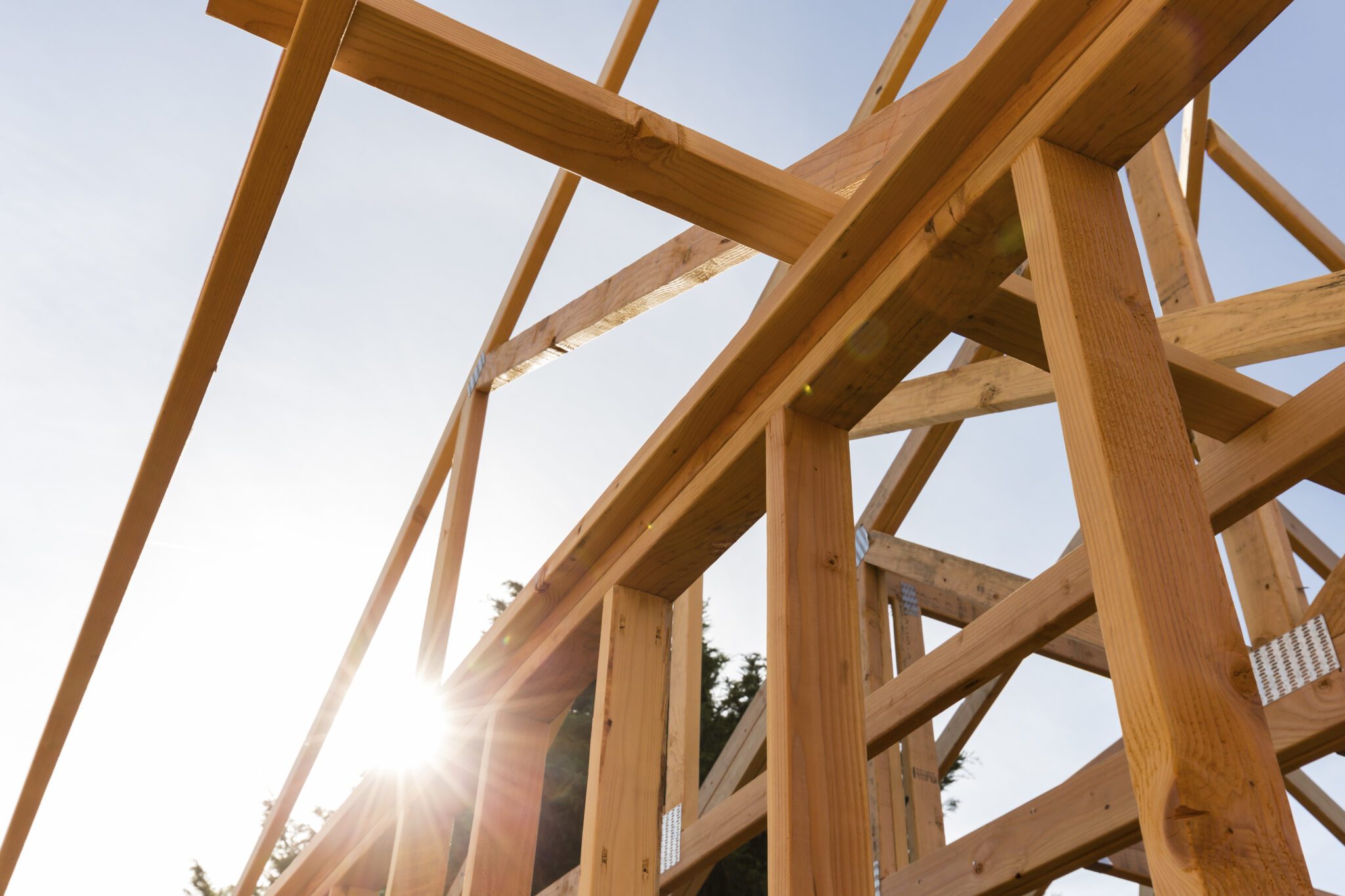We are all acutely aware of the current housing shortage in New Zealand and particularly the need for good quality affordable homes. The recent uptake in use of prefabricated building products in residential construction is a good solution to not only ease the housing shortage but also drastically reduce the build period across the construction industry.
One of the main barriers to widespread use of prefabricated products in New Zealand has been the lack of scale and investment in these products. This however looks set to change and a number of construction companies and manufacturers are now entering into this space. The use of these products on large scale Government projects, such as Kāinga Ora’s Hobsonville Point project, and proposed changes to the consenting process for prefabricated products all signal that use of these products will become more widespread.
Recently Panasonic Homes New Zealand (Panasonic Homes) announced the completion of its first prefabricated three-bedroom prototype house in Waikato’s Te Kauwhata, which it has built in conjunction with Mike Greer Commercial. Duncan Cotterill is proud to have been providing IP, commercial and construction advice to Panasonic Homes in relation to its arrangements with Mike Greer Commercial.
“Panasonic Homes is working with a home-grown New Zealand construction business and one of the largest housebuilders in New Zealand”, says Michael Moyes, IP/technology partner at Duncan Cotterill. “Mike Greer has impressive credentials in the building industry here in New Zealand, and will be able to leverage Panasonic Homes’ decades of investment in prefabricated building technology to deliver a great solution for our public and private housing sectors.”
Large panels, including external walls, roof panels and truss materials, were constructed at Panasonic’s factory in Japan and then installed on site. This enabled construction to be completed in less than half the time of traditional construction (three months as opposed to seven months). This short video produced by Panasonic Homes is well worth a watch to see how this was done.
Panasonic Homes brings with it over 50 years of expertise in Japan and, more recently, Taiwan, Malaysia and Indonesia, and so understands how to drive efficiencies whilst still maintaining quality and compliance with relevant standards and requirements. Panasonic Homes currently has a number of other projects in the pipeline in New Zealand.
The completion of this prototype and use of prefabricated products by others indicates a move in the right direction in relation to embracing innovative technologies and products to drive efficiencies. However, use in New Zealand is far behind that in other jurisdictions, such as the UK and Australia, where there is widespread usage across a variety of projects.
“Panasonic Homes’ decision to invest in bringing its product and decades of experience to New Zealand is a real boost to the construction industry. The efficiencies of such products are clear to see and can be used to deliver quality builds which fully comply with the Building Code requirements”, says Julia Flattery, construction senior associate at Duncan Cotterill. “The key to the more widespread use of these products will be to increase public confidence, as is the case with new innovations in any industry.”
Increase in uptake will require a number of different factors but increased Government support and usage in key projects and the proposed changes to the building consent process specifically aimed at promoting the use of prefabricated building products will certainly help.
The Select Committee is due to report on the Building (Building Products and Methods, Modular Components, and Other Matters) Amendment Bill by 4 March 2021. The indications are that the Bill will receive the cross-party support needed and will therefore become law.
The key provisions in the Bill in relation to prefabricated products are:
- The introduction of a new manufacturer certification scheme which will allow manufacturers of off-site prefabricated and modular buildings to achieve certification and demonstrate compliance with the Building Code. This will enable manufacturers to produce consistent products which can confidently be seen as being safe and reliable; and
- Providing a shorter and more efficient consenting process for certified manufacturers. This will save time and money (without compromising quality) due to reducing duplications and delays.
These measures should increase confidence in the use of prefabricated products and will lead to cheaper (estimates of up to 20% when compared to traditional construction methods) and quicker construction.
Please contact Michael Moyes or Julia Flattery for further information.
Disclaimer: the content of this article is general in nature and not intended as a substitute for specific professional advice on any matter and should not be relied upon for that purpose.





